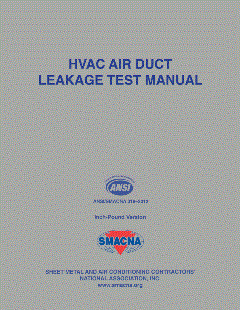FALLS CHURCH, Va. — In response to an unusually early and active start to the 2023 Canadian wildfire season, the American Industrial Hygiene Association (AIHA ) has made available resources to help the public protect itself from poor IAQ caused by wildfire smoke on the association’s Commit to C.A.R.E. website.
Wildfire smoke is a health hazard that the Centers for Disease Control and Prevention warns may irritate the eyes and respiratory system and worsen chronic heart and lung diseases.
The tools offered on Commit to C.A.R.E. are free. Home and business owners in particular may benefit from the assistance of these resources in improving air quality within buildings where they live, work, and do business.
Commit to C.A.R.E.’s resources addressing indoor air quality are as follows:
• “In-Room Air Cleaners: Why They Work and What To Keep in Mind,” a video covering the usefulness and effectiveness of in-room air cleaners and the factors to consider when selecting and using one.
• “All About In-Room Air Cleaners,” an infographic explaining, in simplified terms, concepts related to in-room air cleaners, from the benefits of these devices to the different types available.
• “Guide to Air Cleaners in the Home,” a seven-page guide to portable air cleaners and filters for residential HVAC systems, including placement considerations and maintenance recommendations.
Since early June 2023, large areas of the eastern U. S. have been blanketed by smoke, most of it produced by fires burning across the border in Canada. The Canadian Interagency Forest Fire Center reported 501 “active fires” as of June 29; for comparison, the National Interagency Fire Center reported only 14 “large active fires” within the U.S. on the same date.
Wildfires release substantial amounts of smoke, fine particles, and pollutants that harm human health and the environment, even in communities hundreds of miles away. Smoke from wildfires may enter buildings through windows, doors, and ventilation systems. This results in harmful gases and fine particles, such as ash and soot, being present indoors. The fine particles settle out of the air and accumulate on surfaces, but if disturbed, they may be resuspended in the air and inhaled, leading to respiratory issues.
Wildfire smoke also contains allergens and irritants, such as pollen, mold spores, and chemicals, which can trigger respiratory symptoms, allergies, and asthma attacks.
The CDC warns that wildfire smoke is especially dangerous to children, older adults, pregnant women, and people with preexisting heart and lung conditions.
“Being aware of the quality of indoor air is of utmost importance, particularly when considering the detrimental impact of wildfires,” said Lawrence D. Sloan, AIHA’s CEO. “Understanding how these destructive events can adversely affect our homes empowers us to take proactive measures to protect the health and well-being of our families.”
All resources on the Commit To C.A.R.E. (Community, Awareness, Responsibility, Equity) website are funded through a cooperative agreement between AIHA, the Integrated Bioscience and Built Environment Consortium (IBEC), and the CDC’s National Institute for Occupational Safety and Health (NIOSH). A range of comprehensive workplace and community resources developed by CDC, IBEC, and AIHA, including checklists, posters, flyers, and videos are accessible on Commit2Care.org.






